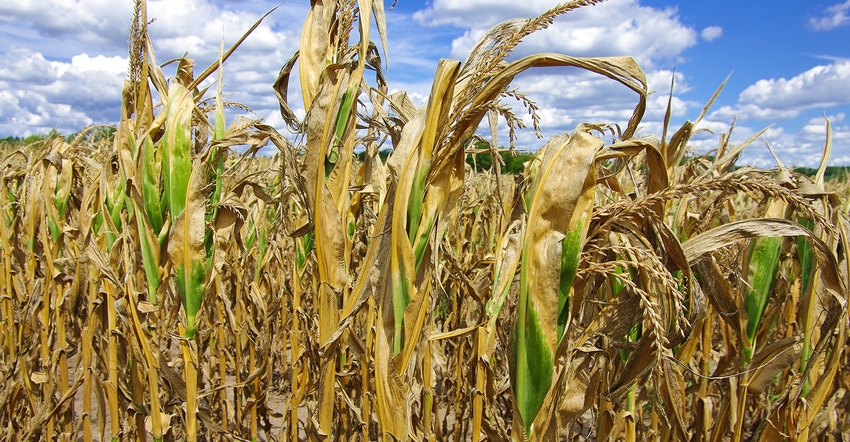May 3, 2019

By Mark Seely
Since the famous drought of 1988, the growing season rainfall in Minnesota has rarely been in deficit, especially during the month of June. June of 1988 was the last time that the state average rainfall for the month was less than 2 inches.
In that year, many areas of the state received less than 1 inch of June rainfall and stored soil moisture was already in deficit going into that month. In the 30 years since, June rainfall has been normal or above normal over 70 percent of the time and included the wettest June in state history back in 2014 (statewide average of over 8 inches).
An extremely dry June has not been in the picture for Minnesota crop production for a long time.
By far the driest June in state history was in 1910. Unfortunately, this followed a very dry April and May as well, so farmers were clearly hoping for a wet June, but got just the opposite. The statewide average rainfall was only 1.5 inches — about 35% of normal.
Fifteen counties reported less than half an inch of rainfall that month. In Olmsted County, it rained on only one day that June, the 12th, and it was less than one-tenth of an inch. This combined with 13 days of temperatures at or above 90 degrees F which made the soils bone dry and hard by the end of the month.
Many farmers realized that the crops were in trouble and hoped for a wet July. But that was not to be, as July of 1910 was the 5th driest in state history delivering an average of barely 2 inches in most places, and less than 1 inch of rainfall in many agricultural counties. August was exceptionally dry as well, but there was little crop left to harvest anyway.
The agricultural drought of 1910 remains the worst in state history. It is the only time that the May-September growing season produced a statewide average rainfall of less than 10 inches. In fact, some areas of western Minnesota ended up with less than 10 inches of precipitation for the entire year.
For many Minnesota farmers, the drought of 1910 was so challenging it was the end of the line.
For my grandfather and his brother who were farmers in Swift County back in 1910, it was the last straw. With little crop to harvest and without any funds to carry them over to 1911 they quite farming and sold their land and equipment.
Seeley is professor emeritus of climatology, University of Minnesota.
You May Also Like




